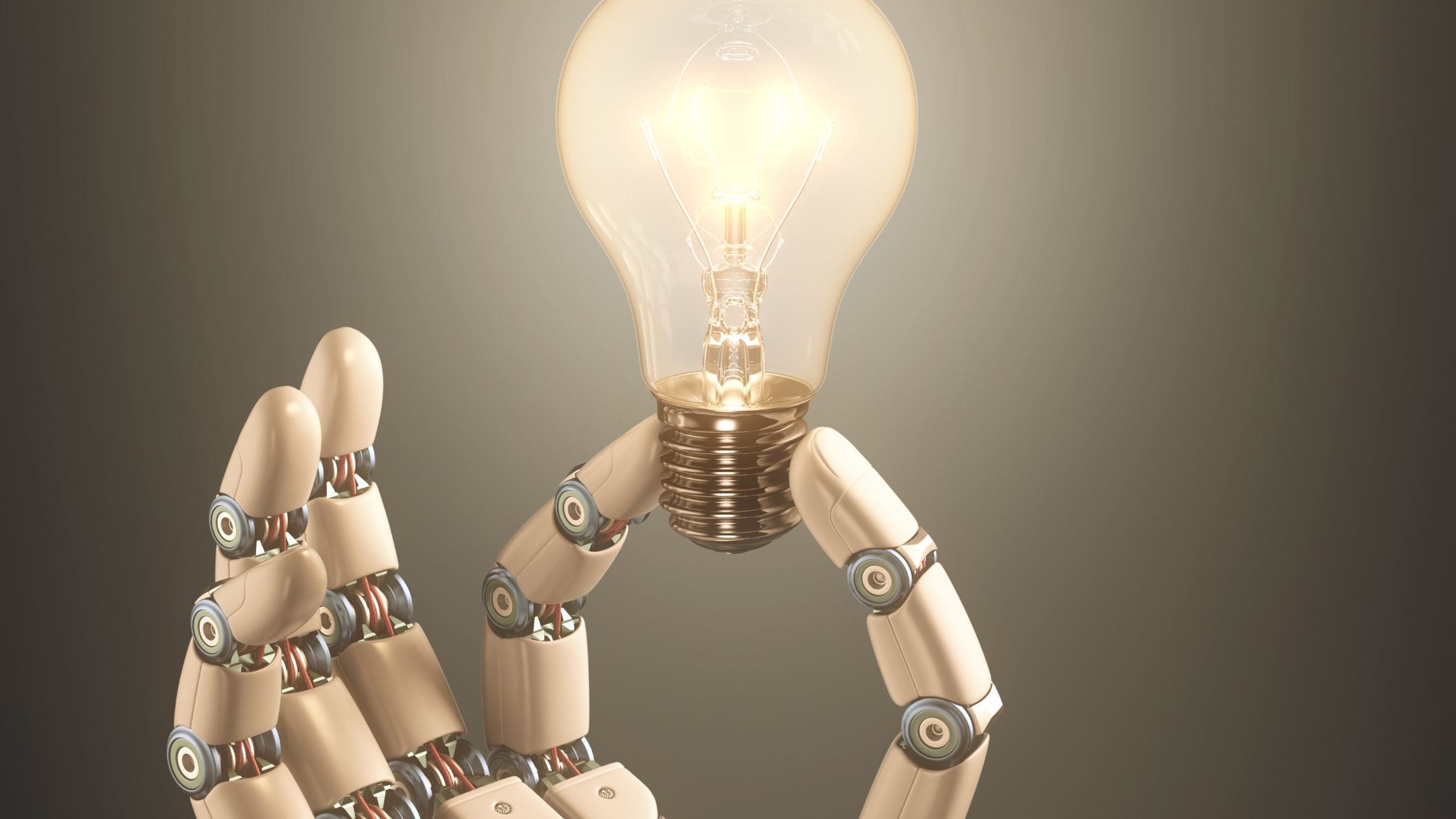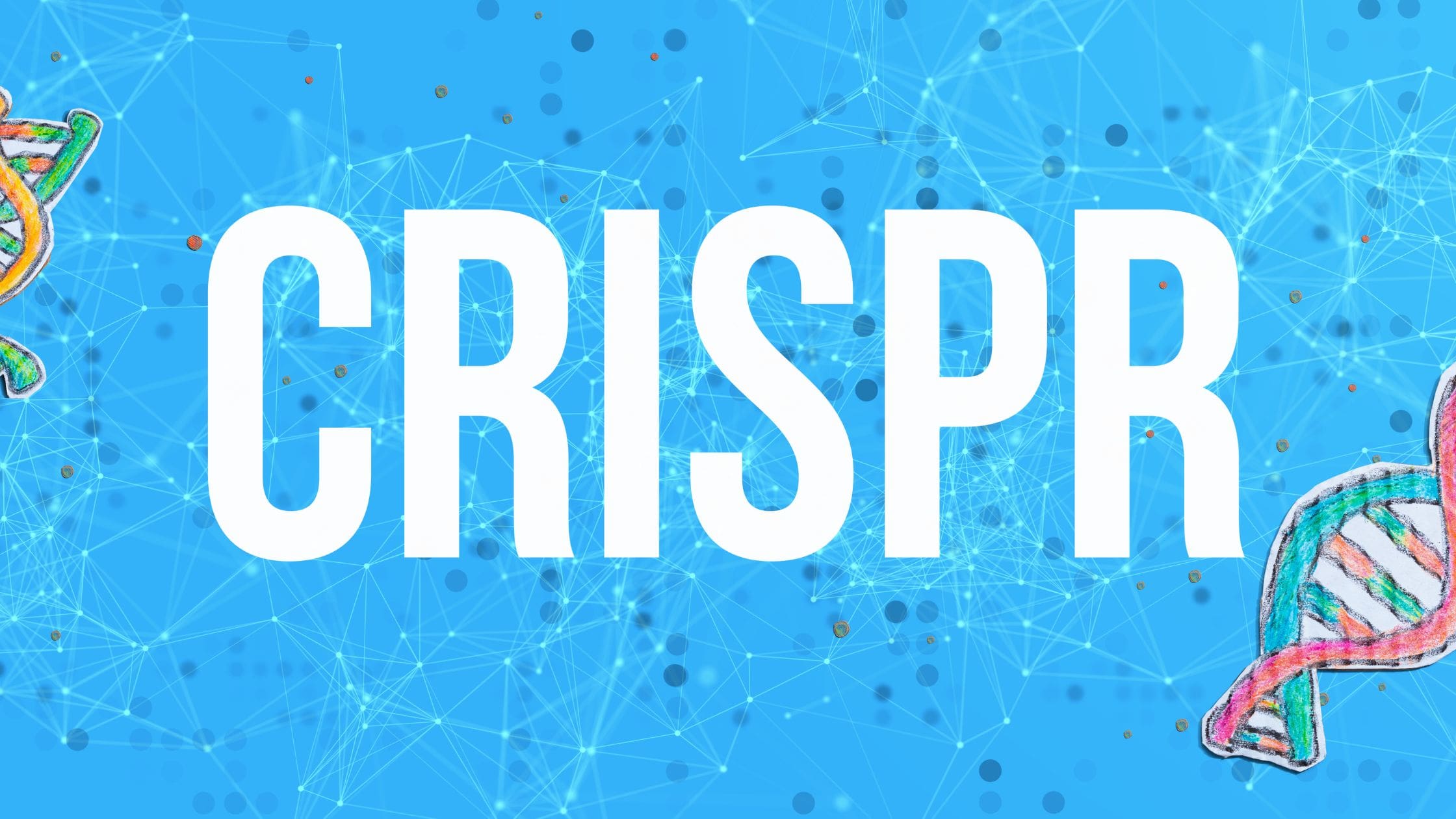Brain interface technologies are paving the way for a new experiential reality. Cybernetics (the integration of our biology with machines) has already become a possibility, allowing humans to control machines with our thoughts — even if only with simple commands. Current cybernetics includes prosthetic limbs, pacemakers and deep brain stimulators. Computer brain-computer interfaces (BCIs) have also been developed so that computers may decode information from our brains, understanding what we see, hear or even intend to say. This continuous integration into our lives indicates the humans’ evolution into cyborgs, similar to a sci-fi novel.
After integration, implanted BCIs may be capable of facilitating everyday activities in humans at the very minimum. It would be like having a smartphone embedded in our brains to store digital information and use it in real time to complete everyday tasks. It seems like a profound technology that provides convenience. While this could be humans’ next evolutionary step, it could also bring about intense anxieties over how it is implemented and what these innovations are capable of in the future.
Security concerns over connected networks that plug into a user’s brain will become significant. When connected with the Internet, the Internet can access these devices. Hackers could eventually find ways to operate these devices, even prosthetic limbs, with BCI technology. One suggested solution would be to ensure that BCIs can’t communicate with the BCIs that operate on a network interface. However, it would still not solve privacy issues. As we know, today’s electronic devices are susceptible to hackers. Private data like photos, IDs, banking information or anything else stored on tech devices can be obtained by other people. This issue will extend to BCIs and could even allow others to access the implants in our brains.
Proactive safety steps exist to protect private data, but it’s to disconnect from the BCI network completely. But how does one disconnect from the network so that no one invades our personal thoughts?
Current BCI technology can’t decode thoughts with any accuracy, but it can identify basic emotional or attention-driven states. More complex operations that include decoding sentences require more effort. However, capturing memories or random thoughts is not currently possible. It will be a long time before BCI can attempt to steal personal thoughts.
For now, it can help us think or even learn. In terms of an educational setting, BCIs can monitor attention levels to help teachers identify specific students who might need more instruction. These ideas are already being tested in some schools to help with classroom learning. Today, BCIs in children use electroencephalography, a noninvasive tech less dangerous than BCI surgery. However, the brain signals carry more noise when recorded. Thus, implantable BCIs are being researched and developed for better communication.
It’s always essential to exert caution when using new technologies since it’s uncertain whether the benefits of implantation outweigh the surgical risks or unintended consequences. Punishment or judgment shouldn’t be the reaction if a unique neural pattern occurs due to hardware recording issues. If they don’t fit into the perceived normal responses to the hardware. A good example of this is how a child shouldn’t be punished if their BCIs monitor their attention span in class. If the child isn’t paying attention to the teacher, they may try to understand or categorize information. Punishing a student for inattention could harm the learning environment and lower their ability to understand the lesson and even hinder independent thinking.
Cybernetic technology is becoming more sophisticated, but we’re still far from full integration. It’s vital that before that happens, we learn from dystopian possibilities so that we can better prepare, examine and anticipate any negative consequences of these innovations. We have much to look forward to as a society, but we must first safeguard as we integrate new technologies with the human body.




